La ragione nelle mani (Reason in the hands) is the title of Stefano Boccalini’s project that in 2020 was among the winners of the eighth edition of the Italian Council, promoted by the General Directorate for Contemporary Creativity of the Ministry of Culture.
The Comunità Montana di Valle Camonica, which co-financed the project, and Art for the World Europa, the proposing entities of the project, have structured a series of events to promote the artist’s work.
On March 31, 2021 at the Maison Tavel/Musée d’Art et d’Histoire in Geneva, curated by Adelina von Fürstenberg, an exhibition was inaugurated where the result of this complex project could be seen.
At the same time, a number of meetings were held to present the book, edited by Alessandra Pioselli, which recounts the project and reflects on the themes that have characterized it.
Then Art House of Scutari in Albania, Sandefjord Kunstforening of Sandefjord in Norway, Fondazione Pistoletto Onlus, Accademia di Belle Arti Bologna and MA*GA – Museo Arte di Gallarate, gave space and visibility to this work.
The work then became part of the collection of GAMeC, Galleria d’Arte Moderna e Contemporanea Bergamo.
This project’s realization was made possible thanks to the support of the institutions that have believed in my work, first of all MiBACT – Ministry for Cultural Heritage and Activities and Tourism that, through the eighth edition of the Italian Council, chose La ragione nelle mani among the projects to be funded.
Of no less significance was the role played by the Comunità Montana di Valle Camonica, which co-funded the project and was the promoting body together with ART for The World Europe.
The idea of the project stems from the relationship that I have been developing with Valle Camonica since 2013.
In that year I was invited to the valley by Giorgio Azzoni, artistic director of aperto_ art on the border, the public art event that connects contemporary art with the Camonica territory, promoted by the Comunità Montana di Valle Camonica through the Distretto Culturale.
I had been invited to participate in a residency to produce a work that, inspired by the theme of water, could be linked to the territory.
The residency lasted a few weeks, a timespan that gave me the opportunity to discover a place that was not completely unknown to me, but that up to then I had only visited as a tourist.
This shift in perspective was fundamental, and over the years Valle Camonica has become a landmark for my work: here I have worked with several communities, local institutions and artisans with whom I have created a close relationship of collaboration and exchange that has allowed me to produce several works.
The energy that has been generated around these relationships is leading to the opening of a Center for Mountain Art and Crafts. Ca’Mon, as this space will be called, will be located in the old kindergarten currently under renovation in Monno, a small town in the upper valley that counts about 500 inhabitants.
The project also arises from the work that aperto_ art on the border has carried out over the years; a work that, with respect to the territory, focuses on artisan knowledge and that has been made possible thanks to the Comunità Montana, the Municipality of Monno and the Fondazione Cariplo. Ca’Mon, whose artistic direction I have been entrusted with, will serve as a center of exchange between intellectual and manual knowledge: we will host artists and, more generally, authors and researchers in residence, in order to initiate a dialogue with the territory and its material and immaterial cultural heritage.
Ca’Mon will not be only this, but it will also become a place where the community will be able to identify itself and where it will be possible to bring to light all the issues related to the past, helpful to the construction of the future and momentarily put aside, that here may find the conditions to regenerate and take on new forms.
It will offer the opportunity to set up a permanent workshop of experimentation and research that, starting from a local context, wants to oppose the culture of diversities and biodiversities to the homologation to which the contemporary ruling society tends.
Following this logic, we have already activated some experimental fields of flax and hemp, crops that in the past characterized the landscape of the valley and that, processed and transformed, became part of everyday life, just as today they could open the way to new opportunities for development.
Ca’Mon will also be a place of education, equipped with laboratories where artisans, artists and young people of the valley will be able to work together.
The aim consists in the transfer of knowledge, according to a logic of sharing where traditions do not assume a nostalgic meaning, but become the gateway to the future, a “place” of experimentation to imagine new scenarios.
This is the context where La ragione nelle mani took shape, a project that operates on two levels, one related to language and one to artisanal knowledge, through the involvement of the local community.
All the seven artifacts that compose the work were made in Valle Camonica by four artisans, working alongside two young apprentices.
The eight “pupils” were selected through a public call, promoted by the Comunità Montana and addressed to the young people of the valley interested in dealing with handicraft practices belonging to the Camonica tradition: pezzotti weaving, wood braiding, embroidery and wood carving.
Mrs. Gina Melotti of Monno is one of the last people in the valley to keep alive the technique of weaving pezzotti made with manual looms, carpets that were made by recycling worn out and no longer usable clothes, cut into small strips then woven on the loom, and Monno was renowned for the quality of its production.
Amerino Minelli, living in Monno too, skilfully carves wood, an ancient technique of which he knows the secrets. Wood carving is a typical technique of many mountain areas, but in Valle Camonica it boasts a centuries-old tradition that has left its mark either in the great historical and artistic heritage, in the working of altars, sculptures and sacred decorations of baroque churches, as well as in the daily practice of farmers and shepherds.
Still in Monno, Ester Minelli carries on a tradition that does not only belong to the valley but that can be considered a heritage of handicraft culture. The “cut work” is an embroidery technique used mainly to decorate curtains, clothes, household linen, and wedding trousseaus. It is a type of refined craft that requires accuracy, ability, and time.
In Valle Camonica there are only a few left who still weave wood and one of these people is Alessandro Sandrini from Temù, a village in the upper valley. He carries on making baskets and panniers with great passion, along with other objects that over time have become part of his production. He mostly uses hazel wood, a material that provides the flexibility needed for this type of work and that can be found in the area.
These forms of craft, which historically covered a function of primary importance in the social and cultural fabric of the Valley, today strive to resist the changes imposed by modernity and are marginalized, very few still know these ancient techniques.
These methods continue to survive, but are struggling to create new economies and new resources, when they could offer the opportunity to many young people to build a future within their own communities, investing in the territory, without having to necessarily move elsewhere to work.
Reclaiming artisan traditions does not mean bringing back models that are no longer sustainable, but starting again from those models in order to acquire new consciousness, and shift our focus towards new visions.
Restarting from a local level, as a possible model of development, lets us consider the “diversities” that the territory is able to express, as well as the richness that the local condition itself offers, as a project space within which to build new forms of work to oppose to that productive and homologating system proposed by contemporaneity.
We live in an era in which words have become a real instrument of production and collection of economic value, and have acquired an increasingly important dimension within the social context. I try to restore a specific weight and a collective value to language through its use.
For me, language is the “place” where diversities take on a fundamental role, becoming the vehicle to contrast economic value with that of the “shared value”.
La ragione nelle mani took off with a workshop that I held together with the operators of the Cooperativa Sociale il Cardo of Edolo and that involved all the children of Monno.
I explained to the children the meaning of about one hundred untranslatable words present in many languages, words that cannot be translated because they have no equivalent that could exhaustively return the complexity of their meaning, therefore they can only be described.
Paraphrases of these words, many of which come from minority languages that hardly resist standardization, cannot return their true essence.
Their disappearance risks the permanent cancellation of the cultural richness of the linguistic biodiversity that these untranslatable words are able to express so effectively.
Together with the children of Monno, we chose about twenty words1 that refer to the relationship between humans and nature, and the relations among human beings themselves, deepening our knowledge of them through a series of activities that touched on various aspects of their creativity.
I then submitted these same words to the gaze of the artisans, in order to understand with them which ones could be the most suitable to be transformed by their skillful hands.
We chose nine words – anshim, balikwas, dadirri, friluftsliv, gurfa, ohana, orenda, sisu, ubuntu – that became the material they then worked on together with the young apprentices.
This led to the creation of an artwork, composed of seven artifacts, which will be exhibited for the first time at the Tavel Museum in Geneva, where it will be related to the history of a city that has maintained particular attention to the dimension of the word for centuries.
Moreover, the work will become part of the collection of the GAMeC – Galleria D’Arte Moderna e Contemporanea di Bergamo.
The outcome of all this effort is not only represented by the artworks, but also by the process that led to their construction.
A process that has put back into circulation the knowledge and practices linked to the tradition of the valley with new perspectives and awareness.

Laboratorio per la scelta delle parole intraducibili con i bambini e le bambine di Monno, tenuto da Stefano Boccalini insieme alle operatrici della Cooperativa Sociale il Cardo di Edolo, Monno 2020.
Photo ©Emanuel Montini

Laboratorio per la scelta delle parole intraducibili con i bambini e le bambine di Monno, tenuto da Stefano Boccalini insieme alle operatrici della Cooperativa Sociale il Cardo di Edolo, Monno 2020.
Photo ©Emanuel Montini

Laboratorio per la scelta delle parole intraducibili con i bambini e le bambine di Monno, tenuto da Stefano Boccalini insieme alle operatrici della Cooperativa Sociale il Cardo di Edolo, Monno 2020.
Photo ©Emanuel Montini
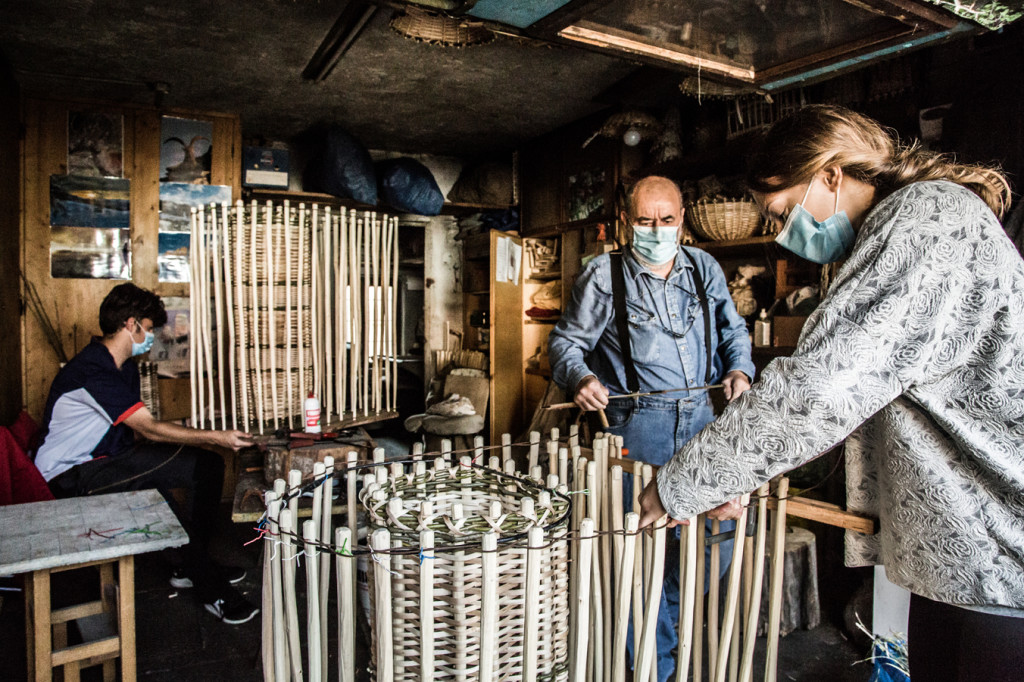
Laboratorio per la lavorazione del legno intrecciato dove è stato realizzato OHANA dall’artigiano Alessandro Sandrini insieme a due giovani apprendisti selezionati con un bando promosso dalla Comunità Montana di Valle Camonica, Temù 2020.
Photo ©Emanuel Montini
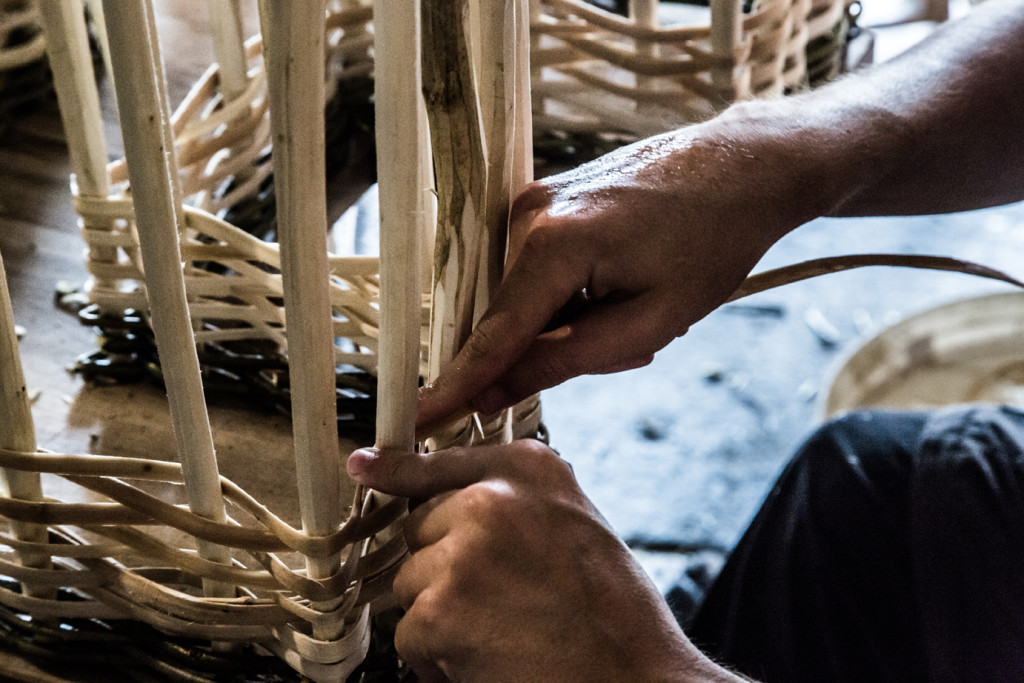
Laboratorio per la lavorazione del legno intrecciato dove è stato realizzato OHANA dall’artigiano Alessandro Sandrini insieme a due giovani apprendisti selezionati con un bando promosso dalla Comunità Montana di Valle Camonica, Temù 2020.
Photo ©Emanuel Montini
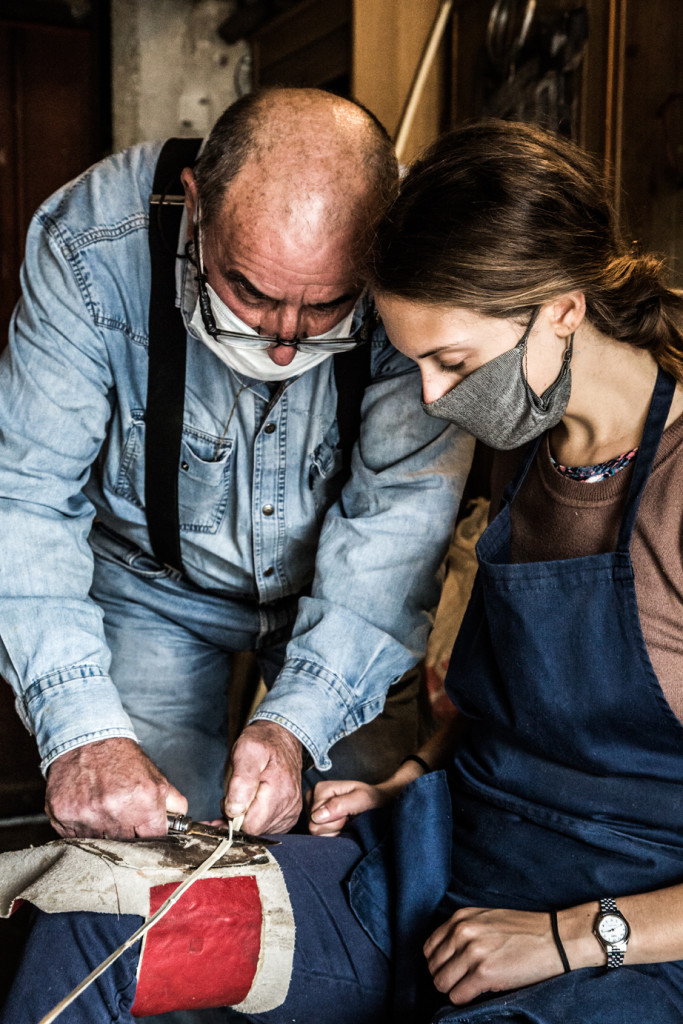
Laboratorio per la lavorazione del legno intrecciato dove è stato realizzato OHANA dall’artigiano Alessandro Sandrini insieme a due giovani apprendisti selezionati con un bando promosso dalla Comunità Montana di Valle Camonica, Temù 2020.
Photo ©Emanuel Montini
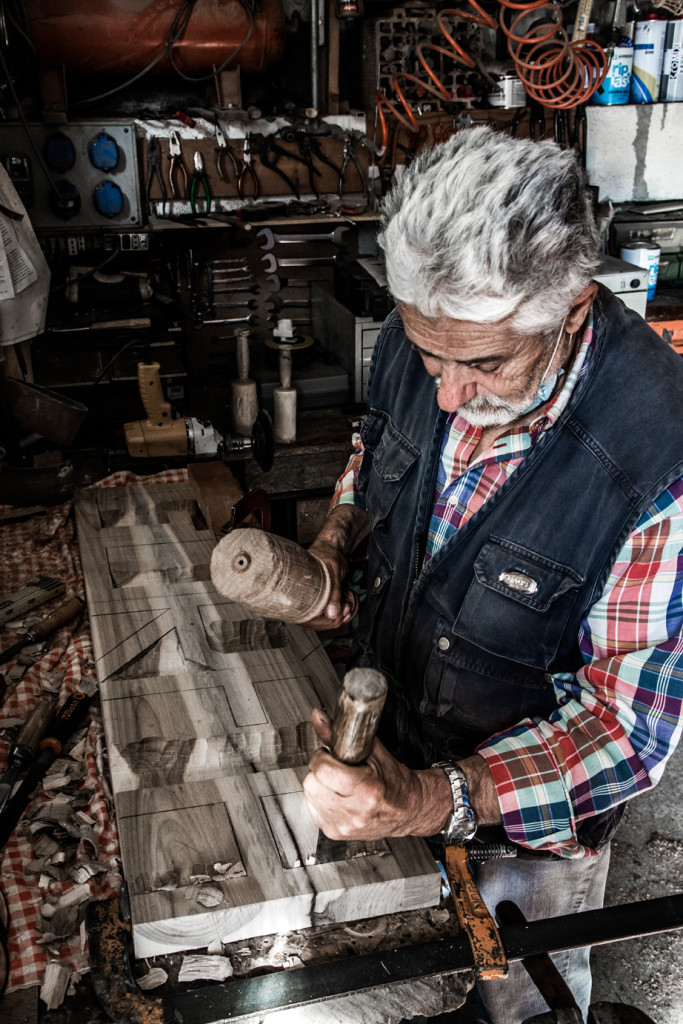
Laboratorio per l’intaglio del legno dove sono stati realizzati GURFA e UBUNTU dall’artigiano Amerino Minelli insieme a due giovani apprendisti selezionati con un bando promosso dalla Comunità Montana di Valle Camonica, Monno 2020.
Photo ©Emanuel Montini
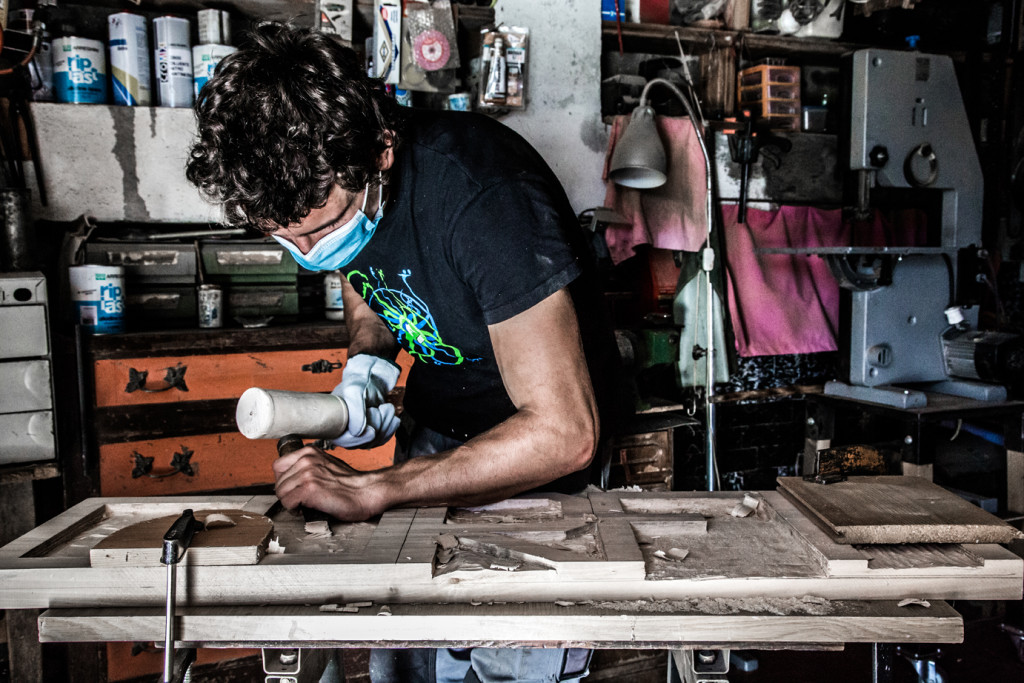
Laboratorio per l’intaglio del legno dove sono stati realizzati GURFA e UBUNTU dall’artigiano Amerino Minelli insieme a due giovani apprendisti selezionati con un bando promosso dalla Comunità Montana di Valle Camonica, Monno 2020.
Photo ©Emanuel Montini

Laboratorio per l’intaglio del legno dove sono stati realizzati GURFA e UBUNTU dall’artigiano Amerino Minelli insieme a due giovani apprendisti selezionati con un bando promosso dalla Comunità Montana di Valle Camonica, Monno 2020.
Photo ©Emanuel Montini

Laboratorio per la tessitura dei pezzotti (tappeti) dove sono stati realizzati BALIKWAS, ORENDA e SISU dall’artigiana Gina Melotti insieme a due giovani apprendisti selezionati con un bando promosso dalla Comunità Montana di Valle Camonica, Monno 2020.
Photo ©Emanuel Montini

Laboratorio per la tessitura dei pezzotti (tappeti) dove sono stati realizzati BALIKWAS, ORENDA e SISU dall’artigiana Gina Melotti insieme a due giovani apprendisti selezionati con un bando promosso dalla Comunità Montana di Valle Camonica, Monno 2020.
Photo ©Emanuel Montini

Laboratorio per la tessitura dei pezzotti (tappeti) dove sono stati realizzati BALIKWAS, ORENDA e SISU dall’artigiana Gina Melotti insieme a due giovani apprendisti selezionati con un bando promosso dalla Comunità Montana di Valle Camonica, Monno 2020.
Photo ©Emanuel Montini

Laboratorio per il ricamo a “punto e intaglio” dove è stato realizzato ANSHIM-DADIRRI-FRILUFTSLIV dall’artigiana Gina Melotti insieme a due giovani apprendisti selezionati con un bando promosso dalla Comunità Montana di Valle Camonica, Monno 2020.
Photo ©Emanuel Montini

Laboratorio per il ricamo a “punto e intaglio” dove è stato realizzato ANSHIM-DADIRRI-FRILUFTSLIV dall’artigiana Gina Melotti insieme a due giovani apprendisti selezionati con un bando promosso dalla Comunità Montana di Valle Camonica, Monno 2020.
Photo ©Emanuel Montini
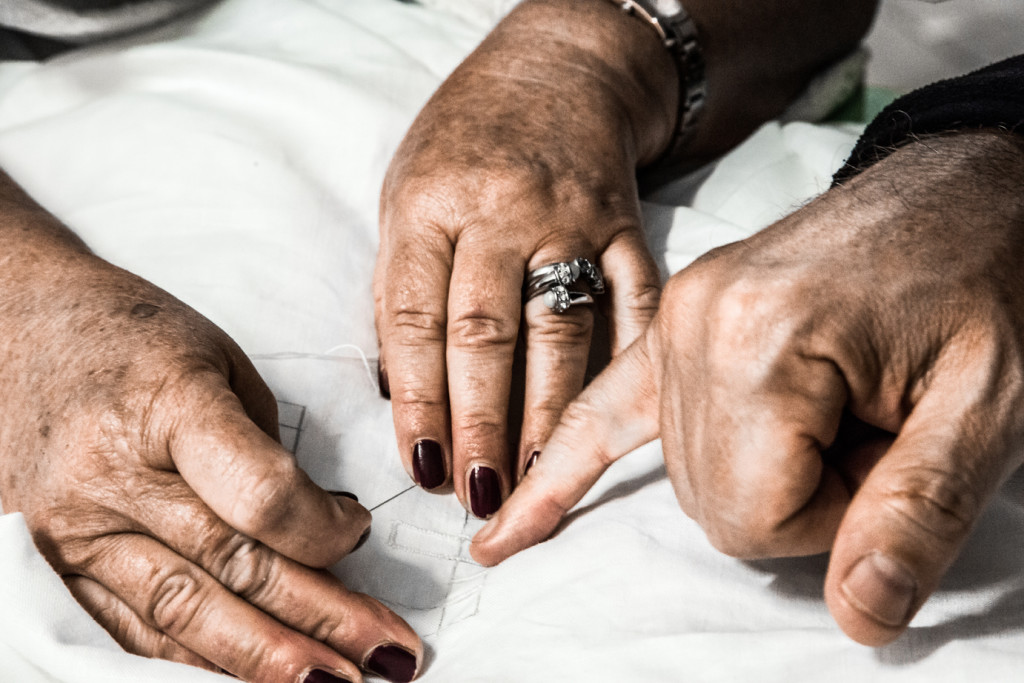
Laboratorio per il ricamo a “punto e intaglio” dove è stato realizzato ANSHIM-DADIRRI-FRILUFTSLIV dall’artigiana Gina Melotti insieme a due giovani apprendisti selezionati con un bando promosso dalla Comunità Montana di Valle Camonica, Monno 2020.
Photo ©Emanuel Montini
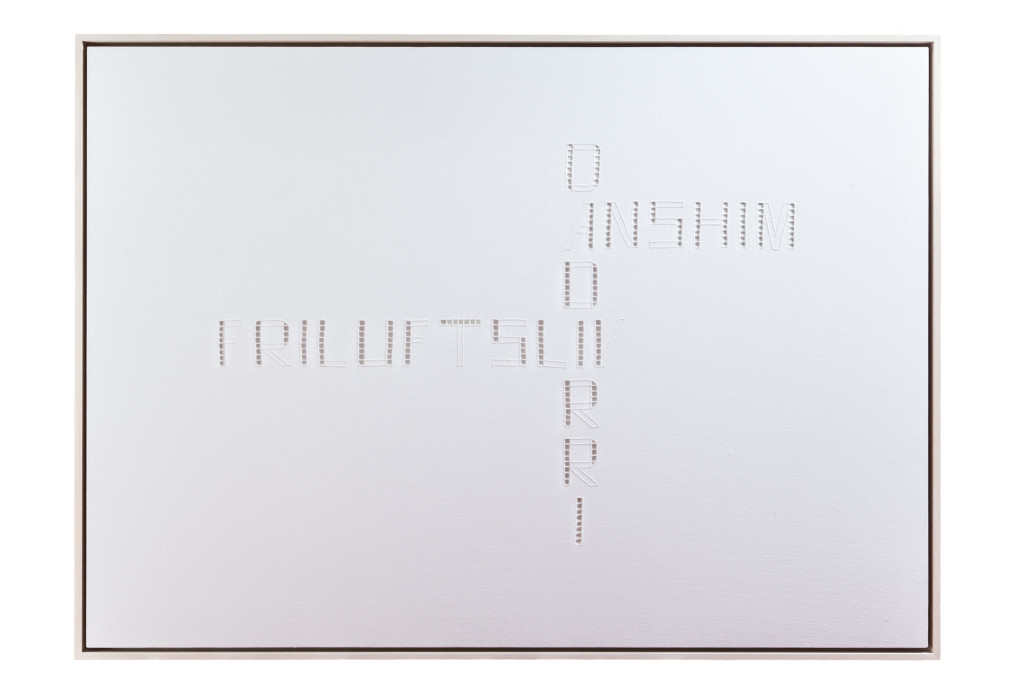
Autore: Stefano Boccalini
Anno: 2020
Titolo: La ragione nelle mani – Dadirri, Anshim, Friluftsliv
Tecnica: lino, punto e intaglio (ricamo)
Misure: 100 x 140 x 5 cm
Photo ©Emanuel Montini
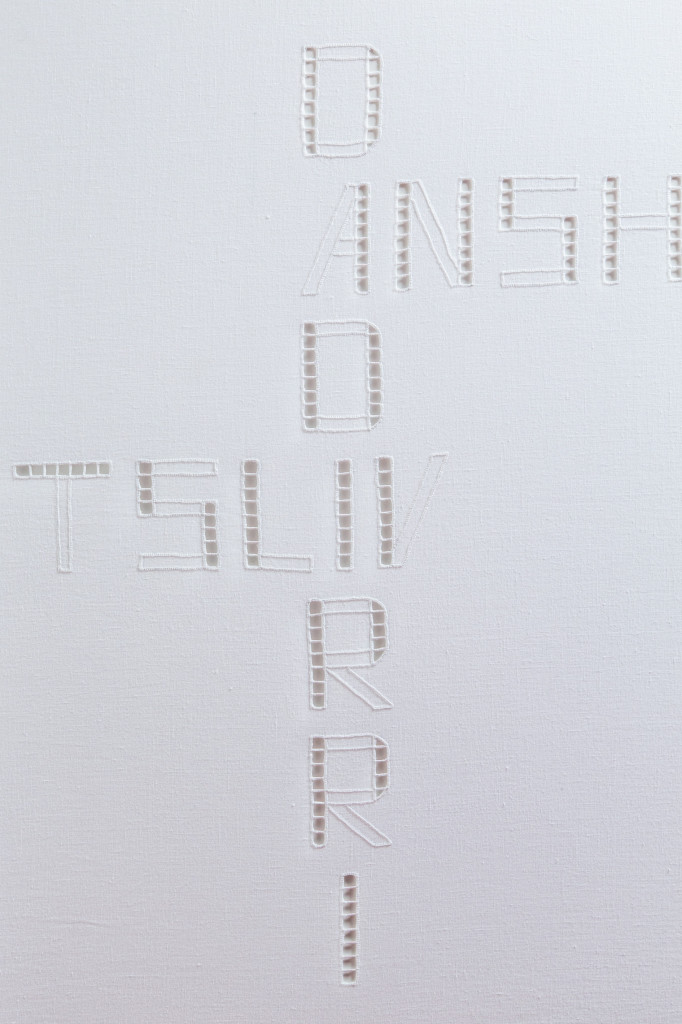
Autore: Stefano Boccalini
Anno: 2020
Titolo: La ragione nelle mani – Dadirri, Anshim, Friluftsliv
Tecnica: lino, punto e intaglio (ricamo)
Misure: 100 x 140 x 5 cm
Photo ©Emanuel Montini

Autore: Stefano Boccalini
Anno: 2020
Titolo: La ragione nelle mani – Dadirri, Anshim, Friluftsliv
Tecnica: lino, punto e intaglio (ricamo)
Misure: 100 x 140 x 5 cm
Photo ©Emanuel Montini
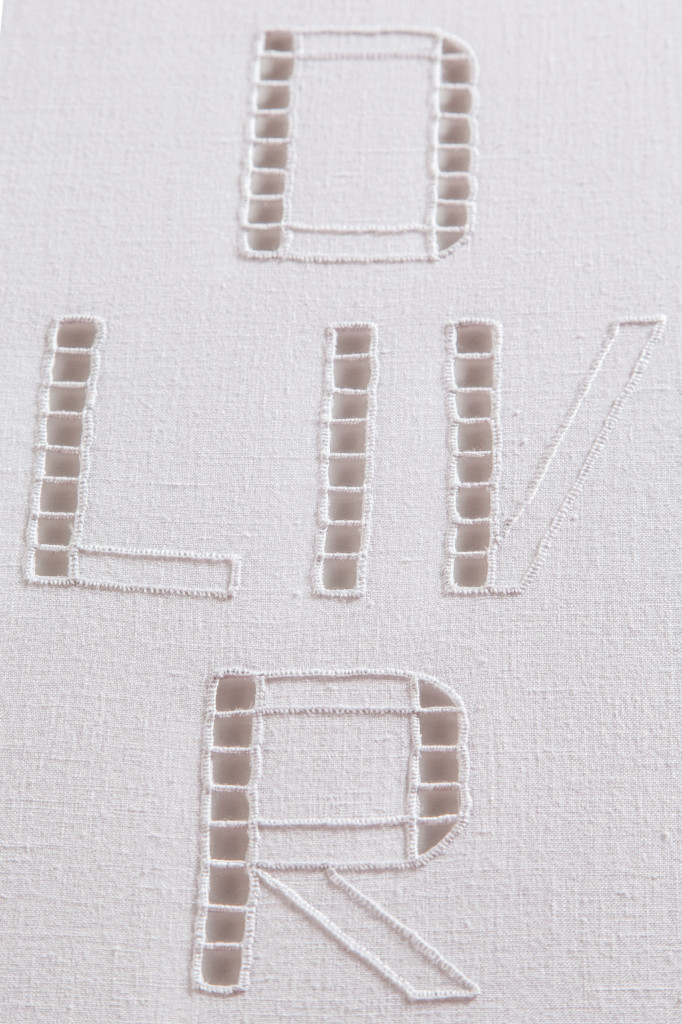
Autore: Stefano Boccalini
Anno: 2020
Titolo: La ragione nelle mani – Dadirri, Anshim, Friluftsliv
Tecnica: lino, punto e intaglio (ricamo)
Misure: 100 x 140 x 5 cm
Photo ©Emanuel Montini

Autore: Stefano Boccalini
Anno: 2020
Titolo: La ragione nelle mani – Ohana
Tecnica: legno intrecciato
Misure: 90 x 400 x 92
Photo ©Emanuel Montini
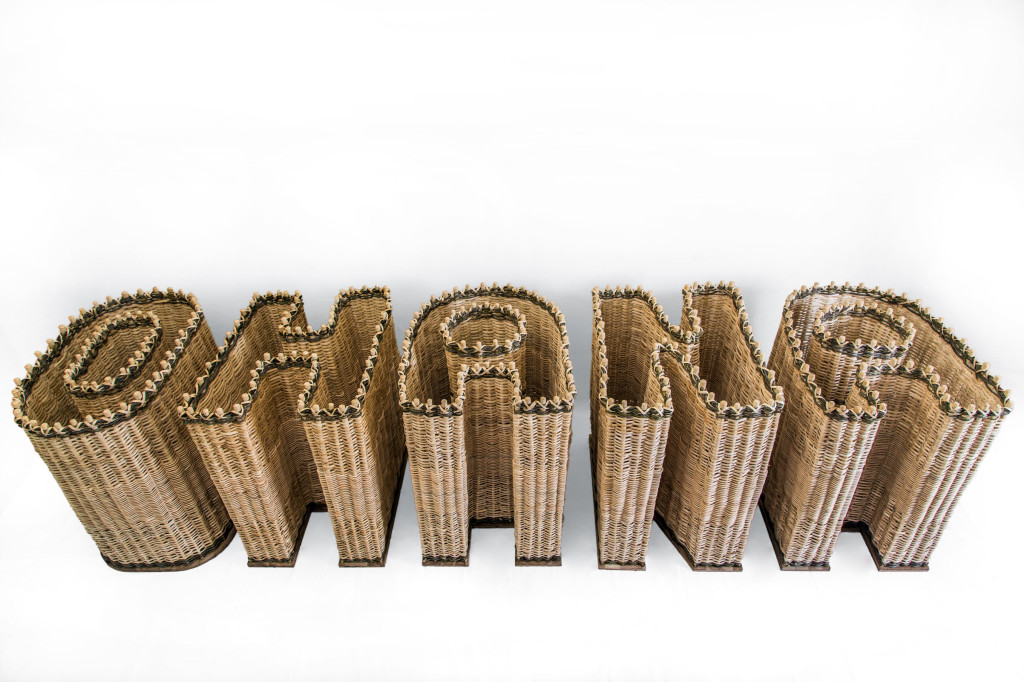
Autore: Stefano Boccalini
Anno: 2020
Titolo: La ragione nelle mani – Ohana
Tecnica: legno intrecciato
Misure: 90 x 400 x 92
Photo ©Emanuel Montini
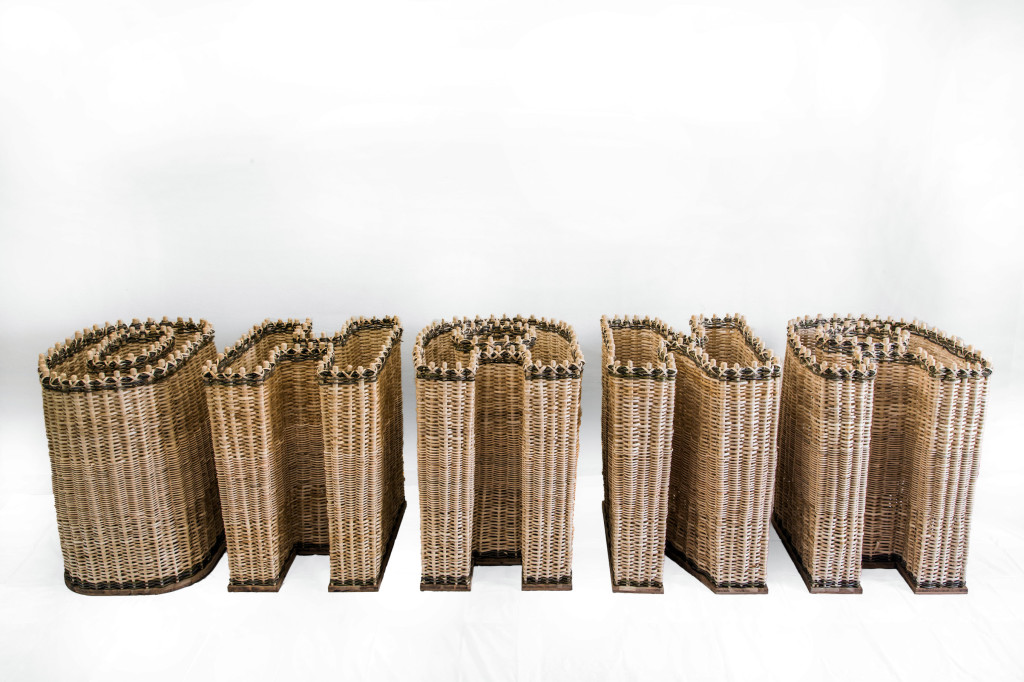
Autore: Stefano Boccalini
Anno: 2020
Titolo: La ragione nelle mani – Ohana
Tecnica: legno intrecciato
Misure: 90 x 400 x 92
Photo ©Emanuel Montini

Autore: Stefano Boccalini
Anno: 2020
Titolo: La ragione nelle mani – Ohana
Tecnica: legno intrecciato
Misure: 90 x 400 x 92
Photo ©Emanuel Montini

Autore: Stefano Boccalini
Anno: 2020
Titolo: La ragione nelle mani – Ohana
Tecnica: legno intrecciato
Misure: 90 x 400 x 92
Photo ©Emanuel Montini
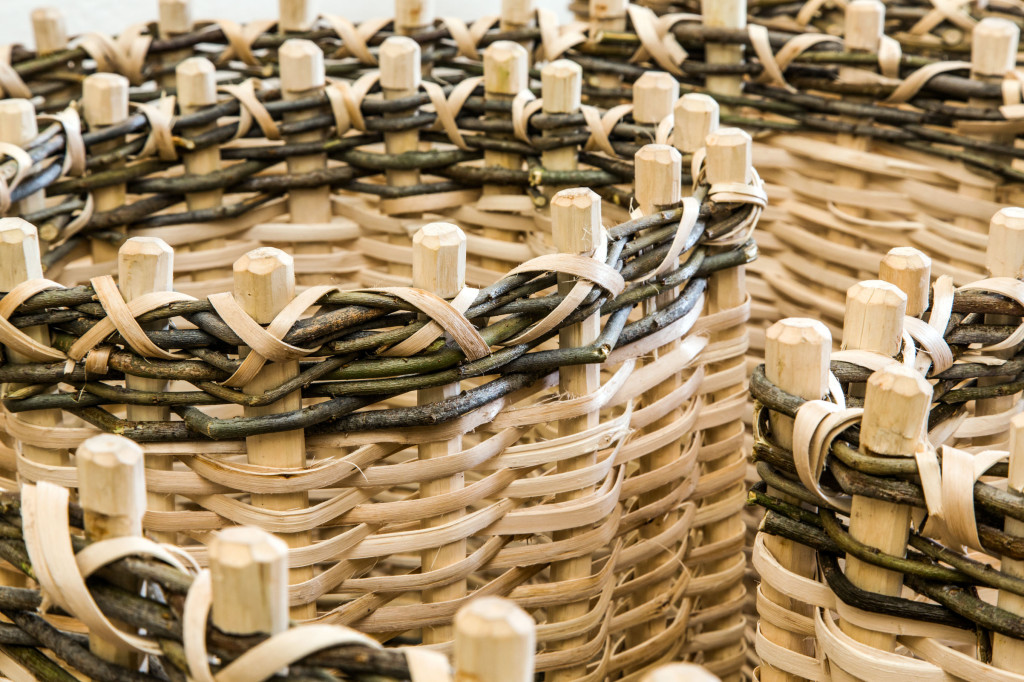
Autore: Stefano Boccalini
Anno: 2020
Titolo: La ragione nelle mani – Ohana
Tecnica: legno intrecciato
Misure: 90 x 400 x 92
Photo ©Emanuel Montini
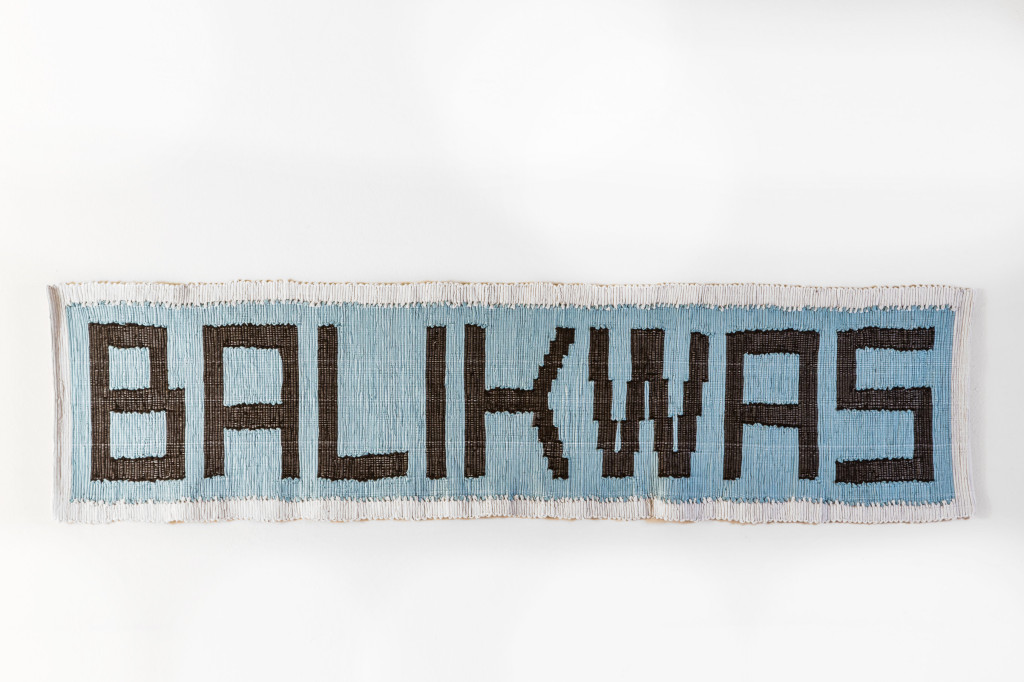
Autore: Stefano Boccalini
Anno: 2020
Titolo: La ragione nelle mani – Balikwas
Tecnica: lana cotta, Pezzotti (tappeti)
Misure: 60 x 235
Photo ©Emanuel Montini

Autore: Stefano Boccalini
Anno: 2020
Titolo: La ragione nelle mani – Balikwas
Tecnica: lana cotta, Pezzotti (tappeti)
Misure: 60 x 235
Photo ©Emanuel Montini
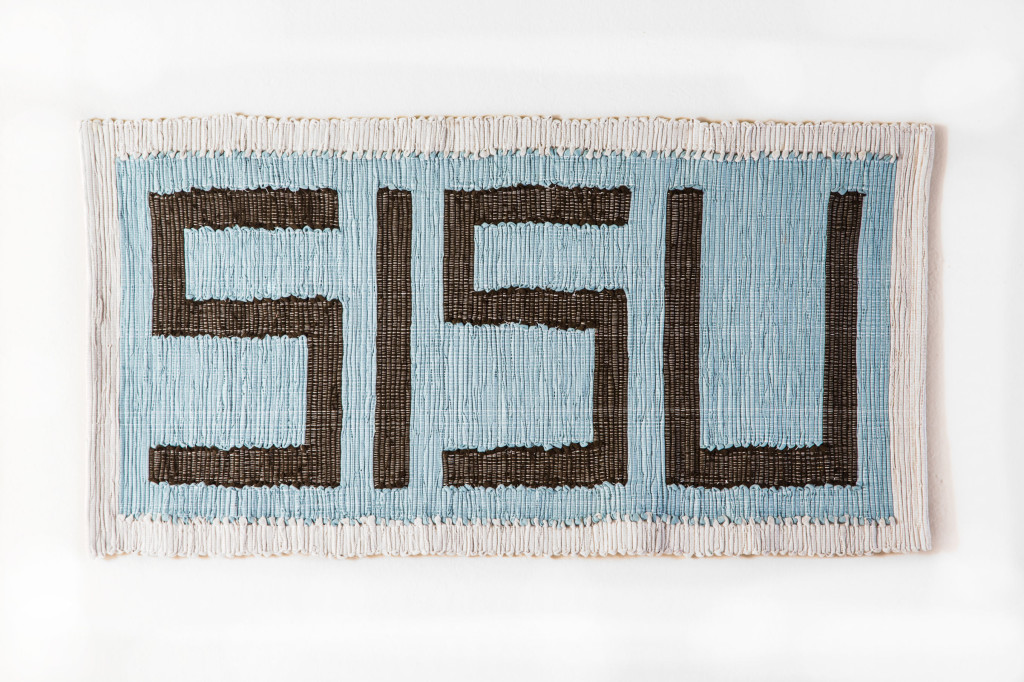
Autore: Stefano Boccalini
Anno: 2020
Titolo: La ragione nelle mani – Sisu
Tecnica: lana cotta, Pezzotti (tappeti)
Misure: 60 x 120
Photo ©Emanuel Montini

Autore: Stefano Boccalini
Anno: 2020
Titolo: La ragione nelle mani – Sisu
Tecnica: lana cotta, Pezzotti (tappeti)
Misure: 60 x 120
Photo ©Emanuel Montini
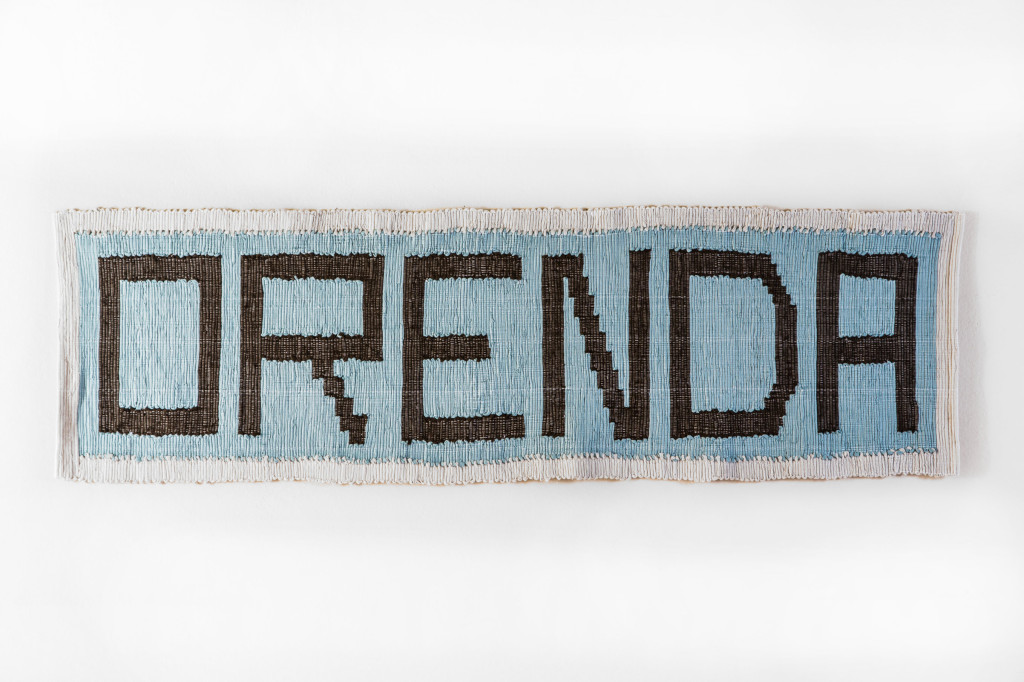
Autore: Stefano Boccalini
Anno: 2020
Titolo: La ragione nelle mani – Orenda
Tecnica: lana cotta, Pezzotti (tappeti)
Misure: 60 x 235
Photo ©Emanuel Montini

Autore: Stefano Boccalini
Anno: 2020
Titolo: La ragione nelle mani – Orenda
Tecnica: lana cotta, Pezzotti (tappeti)
Misure: 60 x 235
Photo ©Emanuel Montini

Autore: Stefano Boccalini
Anno: 2020
Titolo: La ragione nelle mani, Ubuntu
Tecnica: legno intagliato
Misure: 30 x 130 x 4
Photo ©Emanuel Montini

Autore: Stefano Boccalini
Anno: 2020
Titolo: La ragione nelle mani, Ubuntu
Tecnica: legno intagliato
Misure: 30 x 130 x 4
Photo ©Emanuel Montini
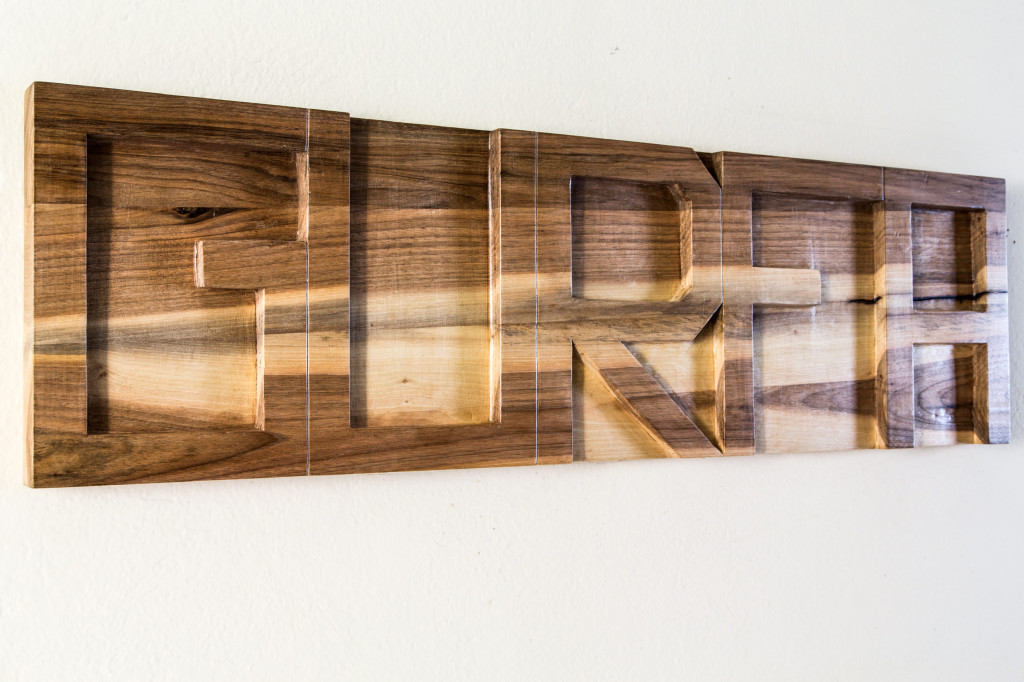
Autore: Stefano Boccalini
Anno: 2020
Titolo: La ragione nelle mani, Gurfa
Tecnica: legno intagliato
Misure: 30 x 105 x 4
Photo ©Emanuel Montini
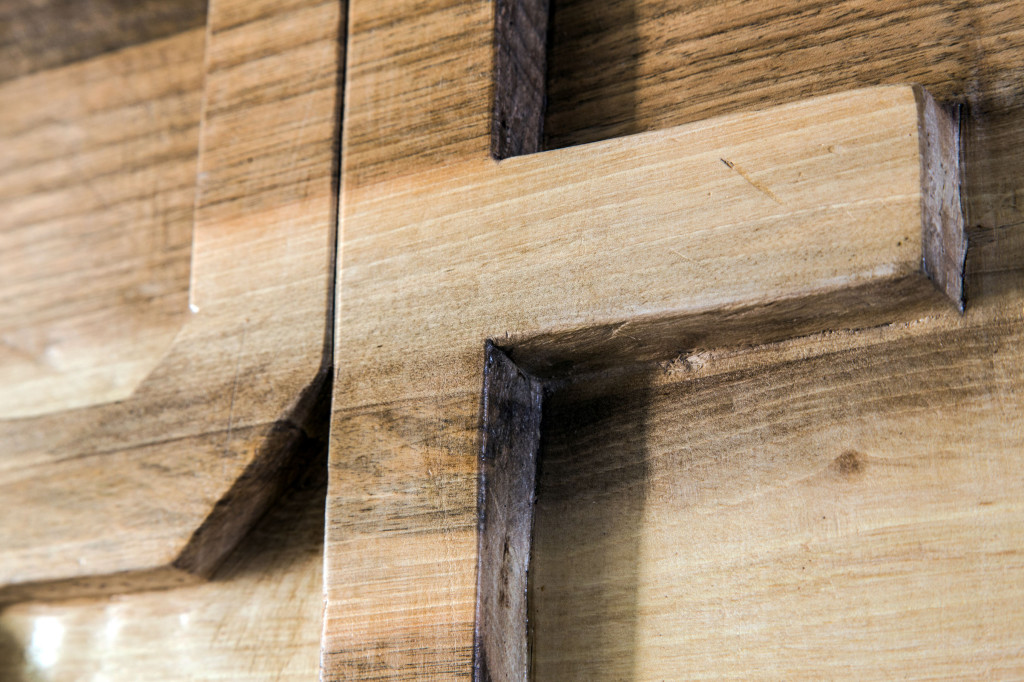
Autore: Stefano Boccalini
Anno: 2020
Titolo: La ragione nelle mani, Gurfa
Tecnica: legno intagliato
Misure: 30 x 105 x 4
Photo ©Emanuel Montini

Installazione dei 7 manufatti che compongono l’opera “La ragione nelle mani” alla Maison Tavel/Musée d’Art et d’Histoire, Ginevra (CH)
Photo ©Christian Tasso
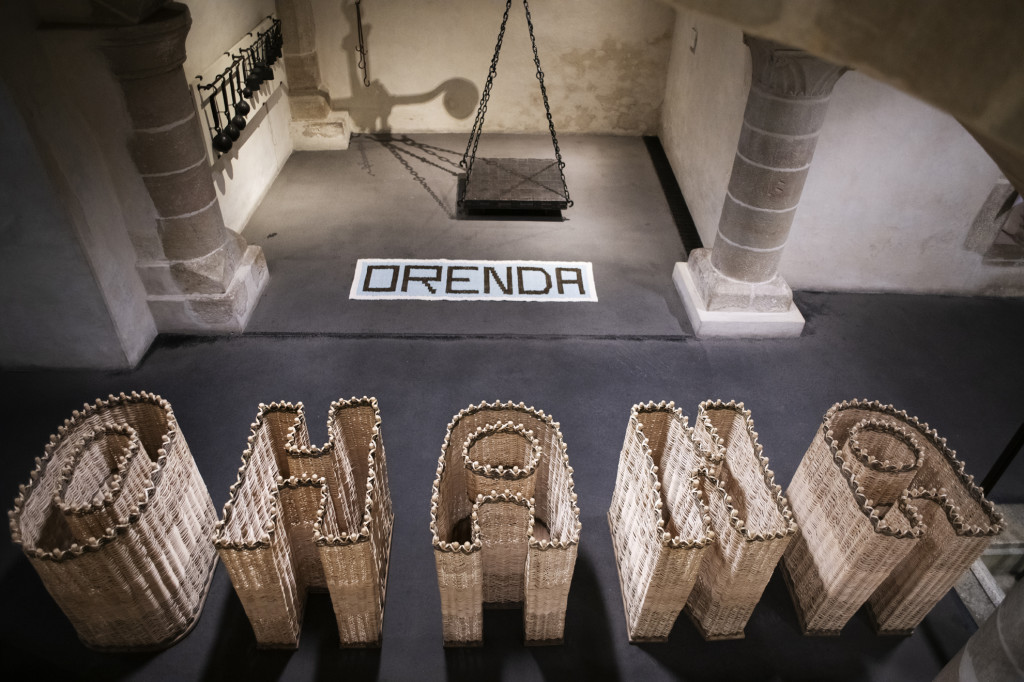
Installazione dei 7 manufatti che compongono l’opera “La ragione nelle mani” alla Maison Tavel/Musée d’Art et d’Histoire, Ginevra (CH)
Photo ©Christian Tasso
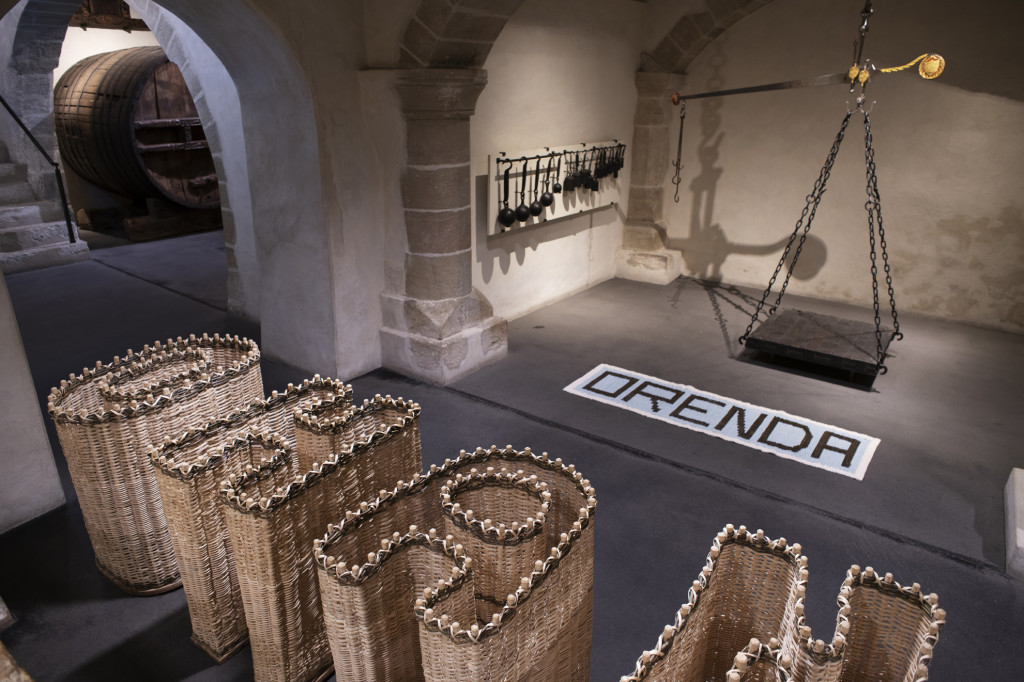
Installazione dei 7 manufatti che compongono l’opera “La ragione nelle mani” alla Maison Tavel/Musée d’Art et d’Histoire, Ginevra (CH)
Photo ©Christian Tasso

Installazione dei 7 manufatti che compongono l’opera “La ragione nelle mani” alla Maison Tavel/Musée d’Art et d’Histoire, Ginevra (CH)
Photo ©Christian Tasso

Installazione dei 7 manufatti che compongono l’opera “La ragione nelle mani” alla Maison Tavel/Musée d’Art et d’Histoire, Ginevra (CH)
Photo ©Christian Tasso
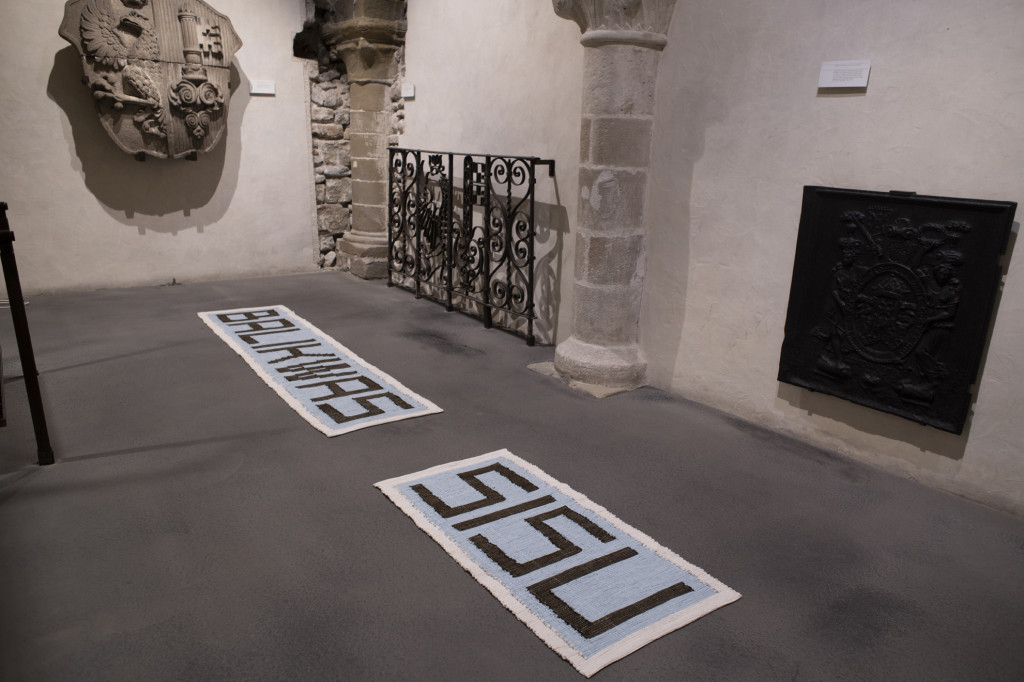
Installazione dei 7 manufatti che compongono l’opera “La ragione nelle mani” alla Maison Tavel/Musée d’Art et d’Histoire, Ginevra (CH)
Photo ©Christian Tasso
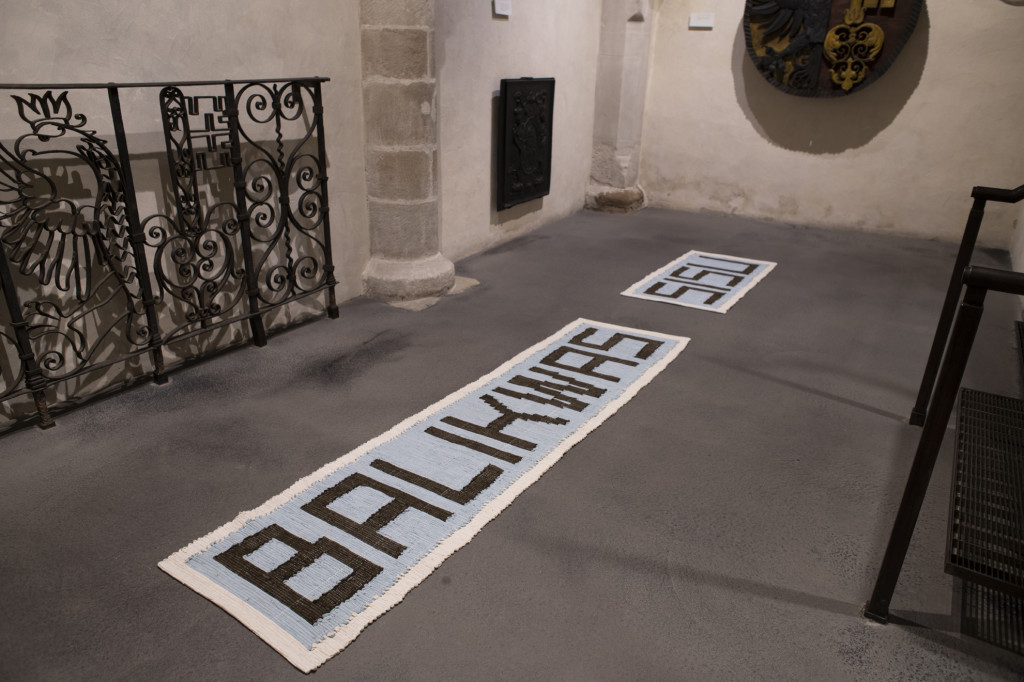
Installazione dei 7 manufatti che compongono l’opera “La ragione nelle mani” alla Maison Tavel/Musée d’Art et d’Histoire, Ginevra (CH)
Photo ©Christian Tasso

Installazione dei 7 manufatti che compongono l’opera “La ragione nelle mani” alla Maison Tavel/Musée d’Art et d’Histoire, Ginevra (CH)
Photo ©Christian Tasso

Installazione dei 7 manufatti che compongono l’opera “La ragione nelle mani” alla Maison Tavel/Musée d’Art et d’Histoire, Ginevra (CH)
Photo ©Christian Tasso
